Los Angeles, California

Los Angeles is known for its sprawling, sunny streets and iconic front lawns. However, the city is pushing to reduce the water usage that comes with these traditional grassy spaces, according to CalMatters. Lawns are notorious for consuming excessive amounts of water, which is especially concerning during drought periods. The city is incentivizing residents to swap out their lawns for drought-tolerant landscaping or even artificial turf.
The move is part of a broader initiative to conserve water in California, which regularly faces water shortages. LA has set ambitious goals to reduce water usage by 20% by 2025, and lawns are a big part of that effort. Lawns also contribute to the “urban heat island” effect, where built-up areas become hotter than their rural surroundings. As a result, replacing lawns with more sustainable options helps fight climate change and improve local ecosystems.
Miami, Florida
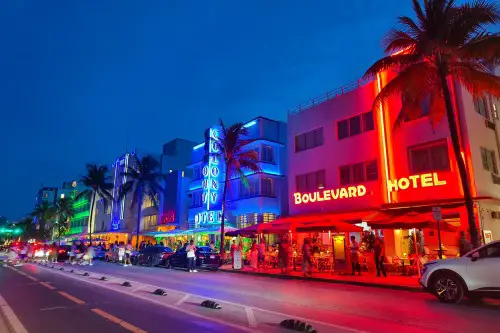
In Miami, the threat of rising sea levels is a primary reason for the lawn ban trend. As climate change intensifies, the city faces increased flooding, especially during hurricane season. The more impervious surfaces, like manicured lawns, there are, the worse the flooding becomes. Replacing grass with permeable materials or native plants can reduce runoff and help absorb more rainwater.
Additionally, Miami is promoting landscaping that can better withstand the city’s hot, humid climate, according to the City of North Miami. The city’s push for native plants not only reduces maintenance but also creates habitats for local wildlife. Front lawns in Miami are being replaced with more eco-friendly, water-efficient plants. This helps the environment and lowers the burden on the city’s already strained stormwater systems.
Denver, Colorado
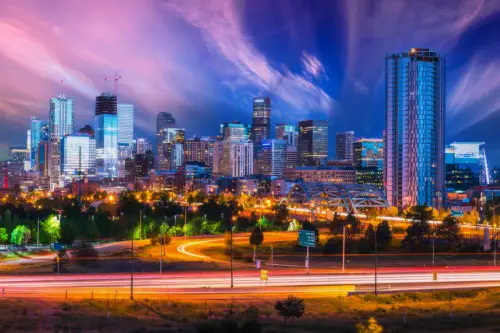
Denver is no stranger to water scarcity, and front lawns here are facing increasing scrutiny for their high water demands, according to Denver7. With the city experiencing periodic droughts, replacing grass with low-water alternatives is becoming essential. The local government has launched initiatives to encourage xeriscaping, or landscaping designed to reduce the need for supplemental watering. Xeriscaping typically uses native plants, gravel, and other non-grassy elements that can thrive in arid conditions.
But it’s not just about water conservation; Denver’s push for lawn bans also targets the city’s environmental footprint. Lawns often require pesticides and fertilizers, which can contaminate nearby water sources. By swapping out traditional grass, residents are helping to reduce pollution while contributing to the city’s overall sustainability goals. It’s an eco-conscious movement that aligns with the city’s efforts to make Denver more resilient to climate change.
Seattle, Washington
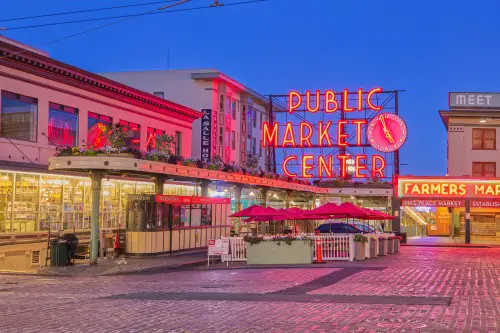
In Seattle, the city’s environmental initiatives are reshaping how lawns are viewed, according to Seattle.gov. While the area doesn’t face drought conditions like other regions, the push to ban front lawns stems from the desire to improve water quality. Lawns often require chemical treatments, which can run off into the city’s waterways, polluting lakes and streams. Replacing them with native, low-maintenance plants helps improve soil health and reduces harmful runoff.
Seattle’s approach is all about supporting biodiversity. Native plants are better suited to the local environment and provide habitats for pollinators like bees and butterflies. Lawn alternatives can be visually appealing while being more sustainable in the long run. The city’s focus on reducing its carbon footprint and protecting its natural resources is driving the change, as more homeowners opt for eco-friendly landscapes.
Portland, Oregon
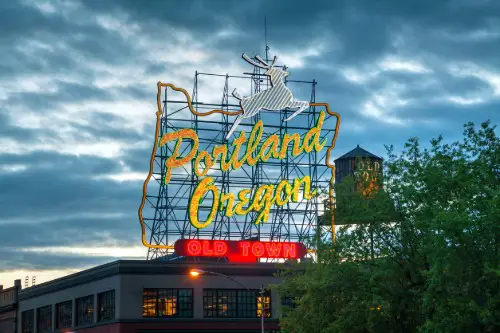
Portland is one of the frontrunners in banning front lawns, largely due to the city’s commitment to sustainability and reducing its environmental impact. Known for its progressive environmental policies, Portland encourages residents to transform their lawns into garden spaces that require less water. The city has even begun offering financial incentives for those willing to replace traditional grass with native plants. This shift not only conserves water but also promotes local biodiversity.
The trend in Portland isn’t just about saving resources—it’s also about community and aesthetics. Replacing lawns with creative landscaping adds curb appeal and fosters a sense of connection to nature. By moving away from the traditional lawn, Portland homeowners are embracing alternatives that are both functional and visually appealing. The city’s leadership in environmental awareness continues to inspire others to follow suit.
Austin, Texas
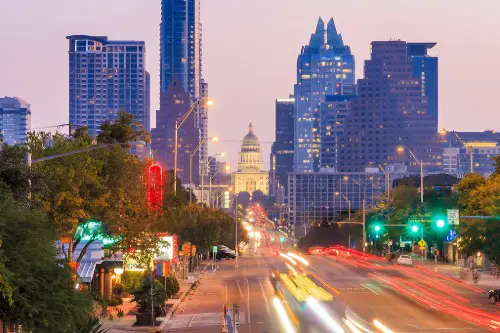
In Austin, the emphasis on sustainability is driving the movement to ban front lawns. The city is facing rising temperatures and a lack of rainfall, which makes water conservation a top priority. As part of its efforts, Austin encourages residents to replace their grass lawns with xeriscaping and drought-tolerant plants. This not only reduces water consumption but also makes the city more resilient to heatwaves and dry conditions.
Austin’s forward-thinking approach helps homeowners save on water bills while benefiting the environment. Lawns are resource-intensive, requiring regular mowing, fertilization, and watering, all of which contribute to a larger carbon footprint. By opting for drought-resistant landscapes, residents are doing their part to reduce the city’s environmental impact. In turn, Austin’s vibrant, green spaces are becoming more eco-friendly and better equipped to handle future climate challenges.
New York City, New York
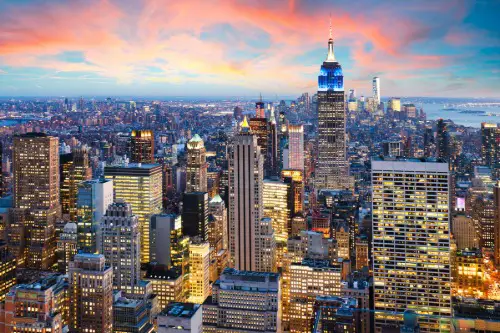
New York City, a bustling urban hub, is seeing an increasing trend in banning front lawns for several reasons. While space is limited, creating more green space with less water-intensive landscaping can help the city manage its stormwater. The rise of impervious surfaces in urban areas exacerbates flooding, so replacing lawns with permeable surfaces helps with drainage and water absorption. Furthermore, reducing lawn space helps mitigate the urban heat island effect, making the city cooler during hot summer months.
On the other side of the equation, New York City is prioritizing greening its urban spaces to benefit local ecosystems. More sustainable landscaping, like community gardens and native plantings, are helping the city increase biodiversity. These gardens not only support local wildlife but also give residents a place to connect with nature in an otherwise concrete-heavy landscape. This shift in focus aligns with NYC’s broader environmental goals of sustainability and climate resilience.
San Francisco, California
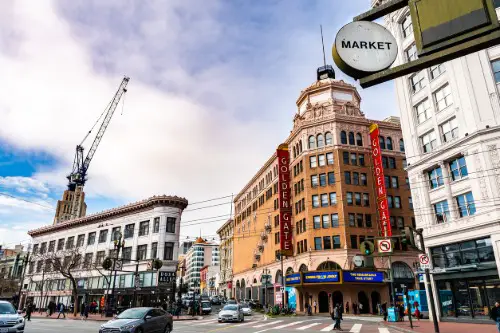
San Francisco is embracing a lawn-free future due to its growing concerns over water shortages and environmental sustainability. The city has long faced challenges related to drought, and traditional lawns are major water guzzlers. San Francisco offers rebates and other incentives for homeowners to replace lawns with more water-efficient landscaping options. These replacements typically feature drought-tolerant plants, mulch, and hardscaping that reduce the need for frequent watering.
San Francisco’s focus on sustainable landscaping extends beyond water conservation. Lawns are also a source of pollution, as the chemicals used to maintain them can end up in local waterways. By promoting native plants and reducing the need for chemical treatments, the city aims to improve local water quality and reduce its overall environmental footprint. The push for lawn bans is part of a larger citywide effort to build a greener, more sustainable future.
Tucson, Arizona
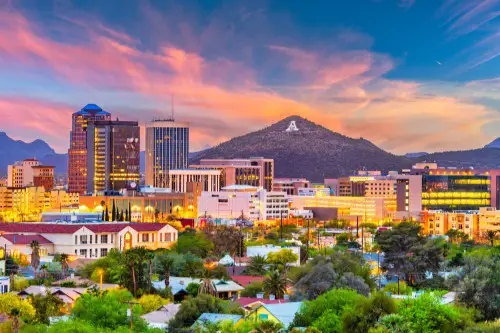
Tucson, Arizona, is no stranger to extreme heat and limited water resources, which makes the city particularly motivated to ban front lawns. Grass lawns require a lot of water to survive in Tucson’s hot, dry climate. By encouraging residents to replace lawns with xeriscaping or desert-friendly plants, Tucson is taking a significant step toward conserving its water supply. The city offers financial incentives for homeowners to switch to more drought-resistant alternatives, making it easier to make the transition.
Additionally, lawns in Tucson require constant maintenance, adding to the overall environmental footprint. The city is working to promote landscaping that is both beautiful and sustainable, with native plants that need less water and are adapted to the local environment. These changes help to reduce water consumption, promote local biodiversity, and make the city more resilient to climate extremes. Tucson’s focus on sustainability is helping to set an example for other arid regions to follow.
Phoenix, Arizona
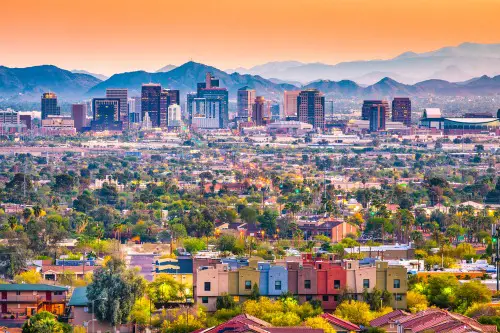
Phoenix, another Arizona city, has a long history of struggling with water scarcity, which is why lawn bans are gaining momentum. Traditional front lawns in the desert are impractical due to the extreme heat and low rainfall. As a response, the city is encouraging homeowners to replace their lawns with desert-friendly landscaping options like cacti, succulents, and rocks. These alternatives not only conserve water but also help to reduce the urban heat island effect, which causes cities to be significantly hotter than rural areas.
Phoenix’s water conservation efforts are driven by both necessity and a desire to create a more sustainable urban landscape. Lawns are an environmental burden in a region where water is precious, and xeriscaping offers a much more sustainable solution. By encouraging residents to adopt water-saving landscaping techniques, the city is helping to mitigate the effects of climate change. Phoenix’s initiatives highlight how urban centers can adapt to a hotter, drier future with smart landscaping solutions.
Salt Lake City, Utah
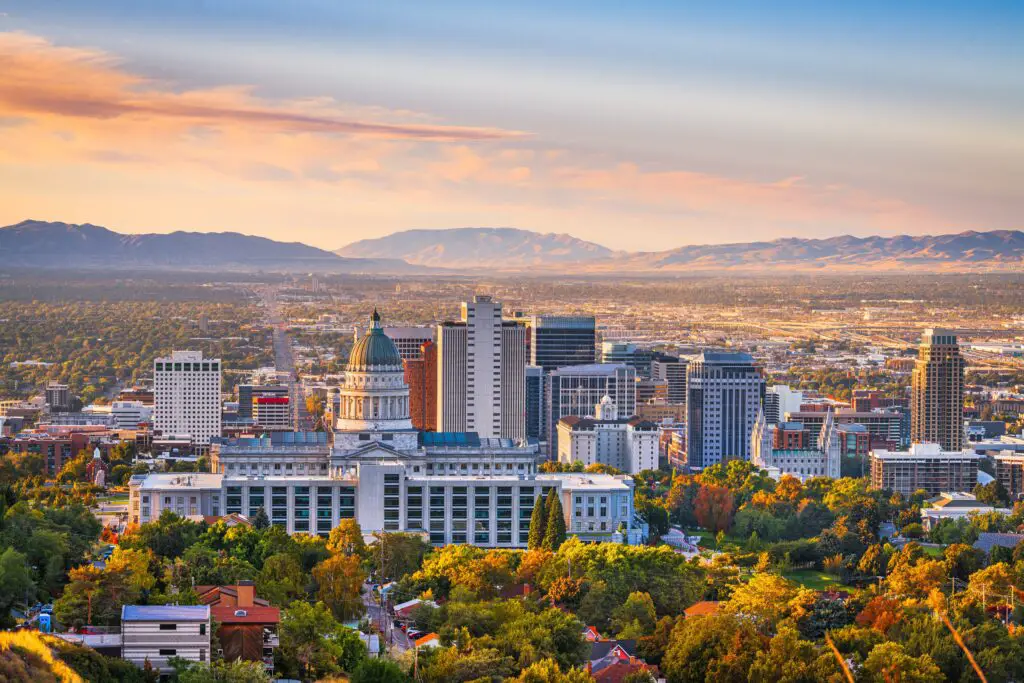
Salt Lake City is also leading the charge in banning front lawns, as part of its broader effort to conserve water in a state prone to drought. Utah is one of the driest states in the U.S., so the city’s push to replace water-hungry grass lawns is seen as a critical step in addressing water shortages. The city encourages homeowners to use drought-resistant plants, rocks, and native grasses instead of traditional lawns. This reduces the amount of water used for irrigation and helps preserve the area’s limited water resources.
The switch to alternative landscaping in Salt Lake City is not only about conserving water but also about reducing maintenance. Lawns require constant upkeep, including mowing, fertilizing, and pest control. By adopting low-maintenance landscaping options, residents can save both time and money. The city’s efforts help reduce the environmental impact of urban areas while creating more sustainable living spaces for residents.
Chicago, Illinois
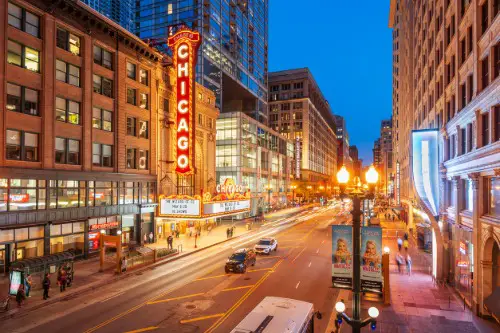
Chicago has been making strides in banning front lawns, partly as a response to environmental concerns and climate change. While Chicago doesn’t face the same water scarcity issues as some other cities, it does deal with significant flooding and pollution. Lawns, with their large areas of impermeable turf, contribute to runoff, which can overwhelm the city’s drainage systems. Replacing grass with native plants or permeable materials helps absorb rainwater and reduce the risk of flooding.
Another reason for the push is Chicago’s focus on enhancing its urban green spaces. The city is encouraging the use of native plants to foster local biodiversity and improve air quality. By transforming front lawns into sustainable, eco-friendly gardens, homeowners are making a positive impact on both the local environment and the broader climate. Chicago’s commitment to sustainability is transforming its streets and making it a model for other cities seeking to reduce their environmental footprint.


